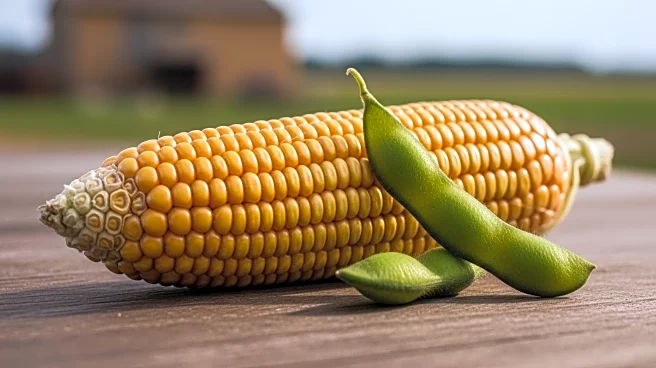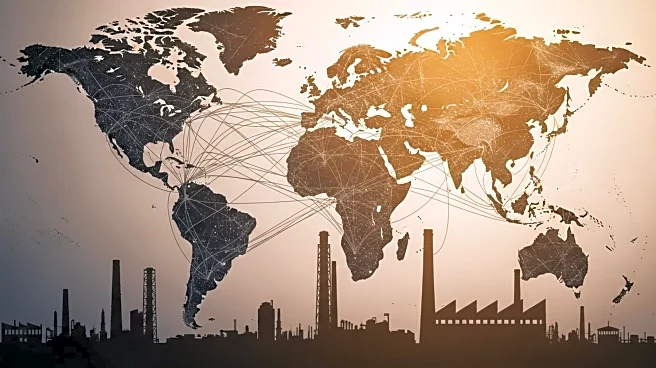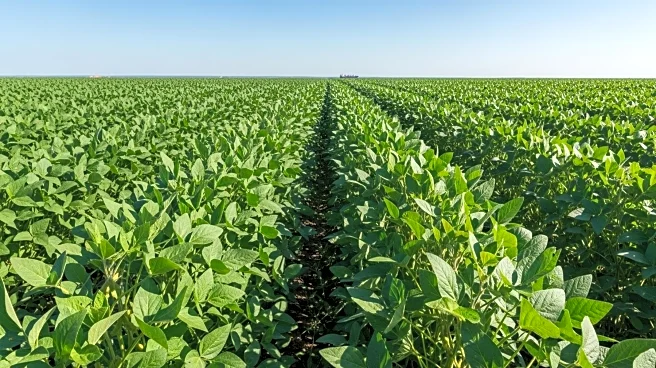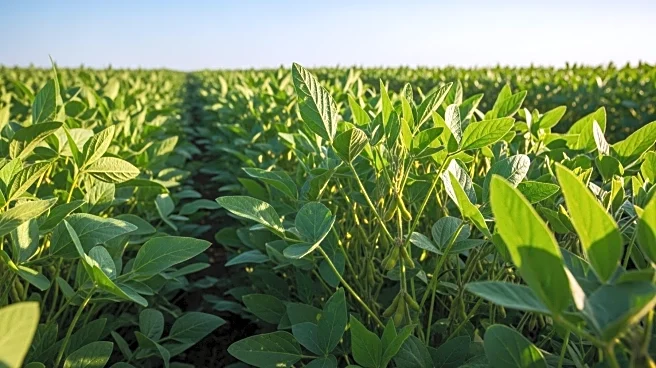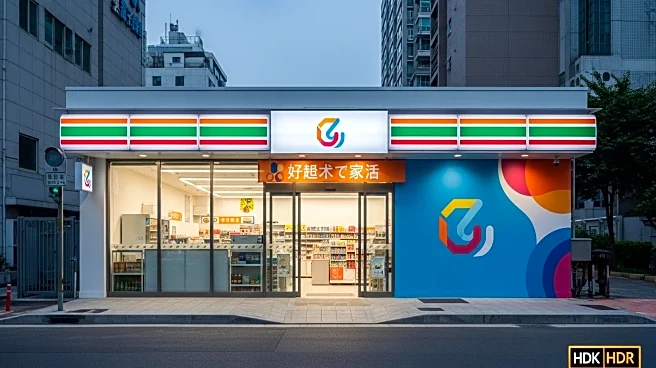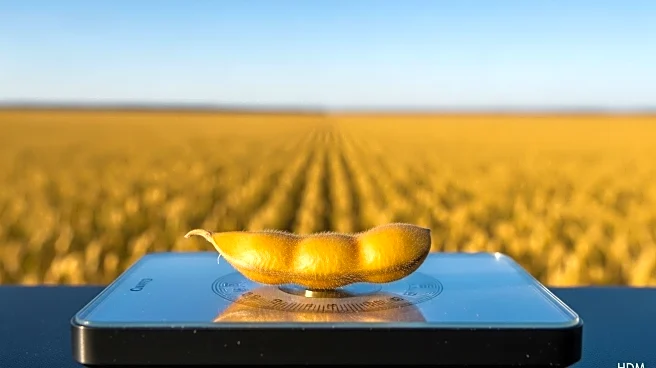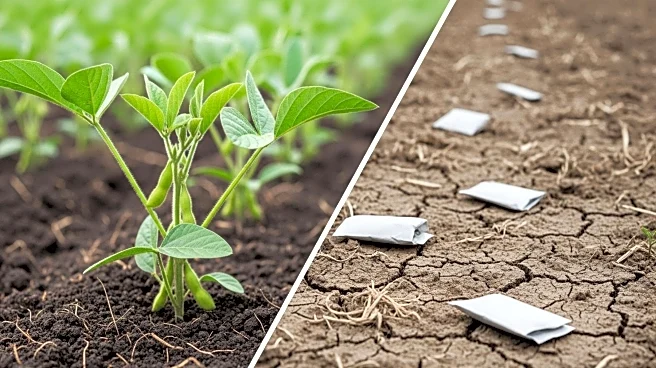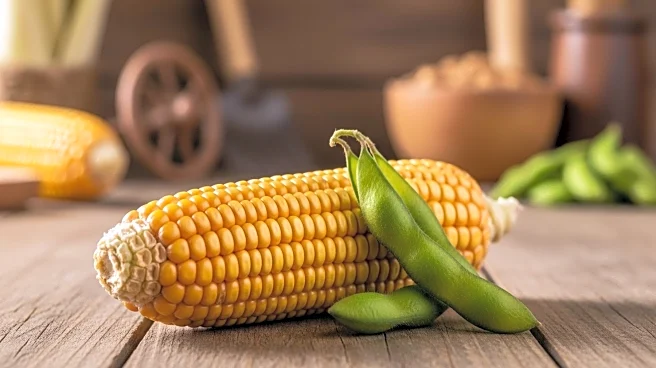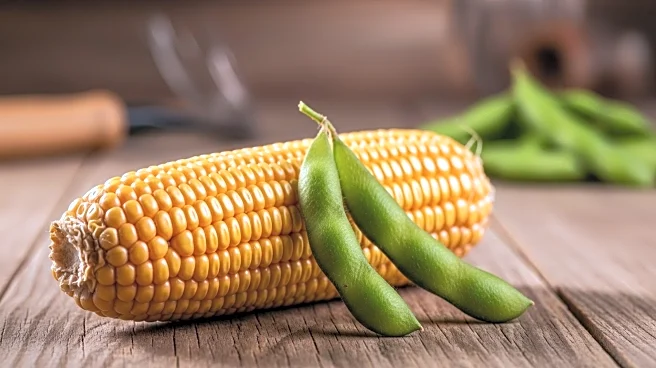What is the story about?
What's Happening?
Recent analyses have highlighted the cost competitiveness of U.S. and Brazilian farmers in corn and soybean production. U.S. farmers generally pay less for fertilizers and chemicals compared to their Brazilian counterparts. However, Brazilian soybean farmers have a significant cost advantage in seed costs, paying approximately one-third less than U.S. farmers. This seed cost disadvantage for U.S. soybean producers warrants closer scrutiny, as it impacts their competitiveness in global markets.
Why It's Important?
The cost asymmetries in corn and soybean production highlight the challenges U.S. farmers face in maintaining competitiveness in global markets. The seed cost disadvantage for U.S. soybean producers could impact their profitability and market share, particularly as they compete with Brazilian farmers who benefit from lower seed costs. Understanding the drivers behind these cost differences is crucial for developing strategies to enhance U.S. agricultural competitiveness and support farmer profitability.
What's Next?
U.S. policymakers and industry stakeholders may need to explore measures to address the seed cost disadvantage and support soybean producers. This could involve examining government policies, commercial strategies, and opportunities for cost reduction. The agricultural sector will likely focus on enhancing productivity and efficiency to maintain competitiveness in global markets.
Beyond the Headlines
The situation underscores the importance of strategic planning and policy measures to support agricultural competitiveness. It highlights the need for collaboration between government, industry, and farmers to address cost challenges and enhance market positioning.
AI Generated Content
Do you find this article useful?
